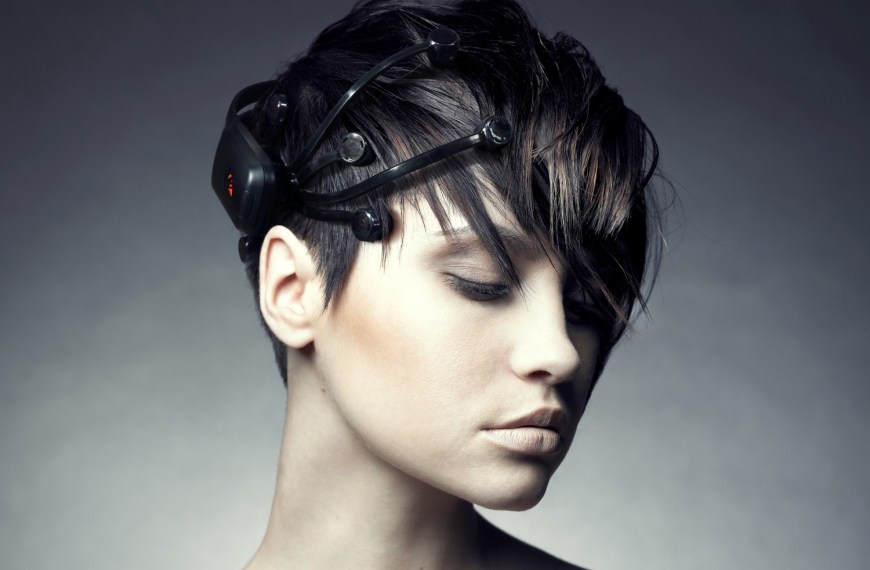Haptic gloves are used to directly manipulate digital objects, and provide feedback similar to that of real-world objects. The gloves currently on the market are used on the higher-end 6-DoF headsets. They have a variety of capabilities, so it’s important to know ahead of time which features you need your gloves to have to enhance your experience.
There are two main types of haptic feedback available. The ideal gloves will give you both.
Force
Force feedback provides resistance, which means when you touch an object or try to squeeze it, resistance will stop your fingers from moving further. This gives the sense of a solid object in physical space.
Tactile
Tactile feedback gives the sense of touch, like a butterfly landing on your finger or the feeling of different textures on your skin.
Pros
- You get better hand and finger tracking in virtual space.
- It’s a more natural interaction.
- It frees your hands from the use of controllers.
- Direct manipulation means no learning curve since you’re interacting the way you would in real life.
- Depending on the quality of the gloves, it can feel like you’re interacting with real, physical objects.
- Your hands don’t have to be within line of sight of cameras on your headset to be tracked like they do with camera-based hand tracking.
Cons
- The gloves can get sweaty. Since they’re sensitive and need to be handled with care, it can be tricky to clean them.
- The sizing of gloves can be an issue for large or small hands. You may need multiple sizes. The ones that are one-size-fits-all won’t support larger or smaller hands.
- The more advanced gloves are cumbersome and heavy, increasing risk of fatigue for longer or extended interactions.
- They can be expensive.
- They can be sensitive and buggy.
TL;DR Do’s and Don’ts
Do
- For heavier gloves, keep the interactions short and simple.
- Ensure longer duration interactions are within the participant’s physical comfort zone.
- Follow physical ergonomic design standards.
- If using gestures with the gloves, use tooltips and memory cues to remind people how to use any formed gestures.
- Minimize the amount of formed gestures used or required in your experiences.
Don’t
- Don’t make gloves the primary input method for your experience unless there’s a very good reason. They should be supplemental to enhance the experience for those who have access to them.
- Don’t design interactions that require arms being raised for extended periods of time.
- If using gestures with the gloves, don’t use overly-complicated gestures that people will have to memorize.
Best used
In my opinion, these are not yet ready for mass adoption due to cost, sizing, and technology limitations. However, there are very good use cases for them now in Enterprise, Manufacturing, Safety, and Medical industries. If you just need direct manipulation and the headset supports it, hand tracking alone may suffice unless you need the tactile or force feedback provided by gloves.
Example cases for immediate use would be for training, virtual therapies or telerobotics solutions.
Always double check the specs for the gloves to make sure they’ll work with your desired headset.
Learn more
- Physical Factors: Fatigue in XR
- HaptX Telerobotics
- Teslasuit VR Gloves
- Xsens Gloves by Manus
- Dexmo Gloves by DextaRobotics
- SenseGlove Nova
- The VR Book by Jason Jerald PhD, Input Devices: Hand-Word Devices, pg 312, 316-317, 362
If you enjoy these articles, consider supporting me on Patreon.
I’m an Immersive Tech UX Design Professional with over 22 years of experience designing for kiosks, websites, mobile apps and desktop software for many well-known and not-so-well-known companies.
I’m not speaking on behalf of or representing any company. These are my personal thoughts, experiences and opinions.
Learn more about the UX best practices
Dive a little deeper with video lessons
See how others have solved this problem
Content coming soon
Content is being added regularly, so check back again.








